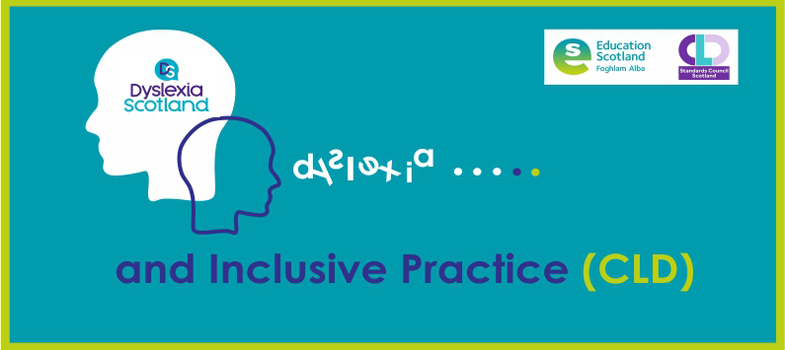3.2 Supports
Activity 6 - Reflective Log
The table below provides some helpful approaches used by tutors in a wide range of settings. Consider which approaches you think you do or could use to support individuals who experience literacy difficulties and dyslexia?
Use the copy of this table in your reflective log to explore which approaches you currently use or could include, and which you cannot use and why?
| Support | Currently used or could include | Cannot use | Reason |
| Seating and grouping – ensure everyone can see the white board and you can see them | |||
| Explain and present information many times in various ways (pictures, flow charts, diagrams) | |||
| Ensure thinking/processing time is allowed | |||
| Provide information, desk-top mats/jotter inserts - word banks, prompts and personal targets | |||
| Use of information technology (IT) – for reading and writing | |||
| Encourage the use of books in audio/digital format to support access to texts | |||
| Match reading resources to reading ability, ensuring that it is age appropriate | |||
| Highlight the main points in text to support comprehension, prediction and recall | |||
| Use and encourage multi-sensory approaches | |||
| Limit the amount of reading/copying from the board. Give copies of notes - electronic versions and examples | |||
| Accept alternatives to writing | |||
| Limit writing demands | |||
| Ensure extra time is provided | |||
| Provide writing frames/story skeletons | |||
| Use and help learners understand how to use mind maps, spider webs, bullet points | |||
| Specify what will be marked | |||
| Minimise the number of errors you highlight – perhaps only one of each type. Suggest how to avoid these in the future | |||
| Use directed praise |
3.1 Approaches and Principles
